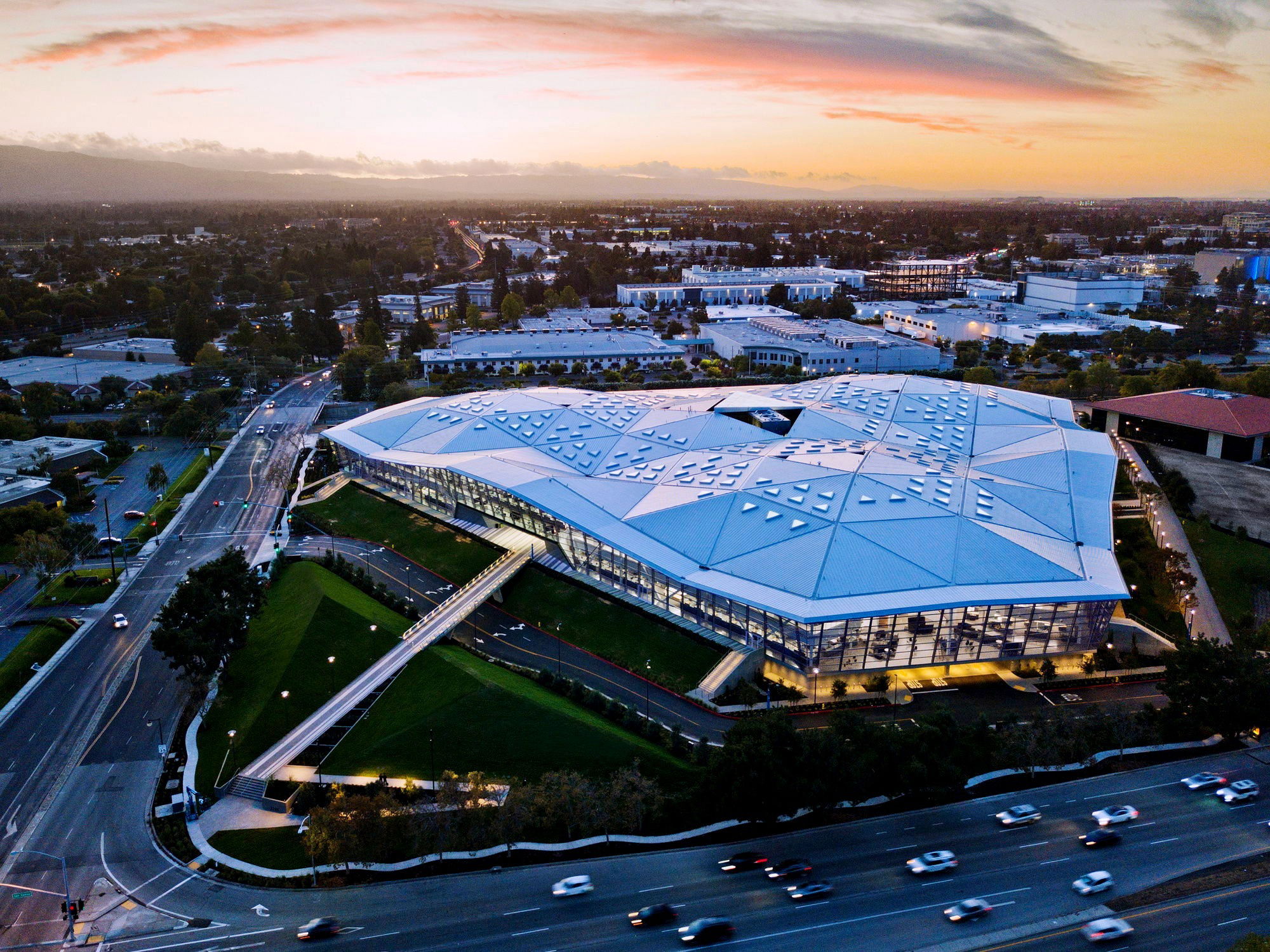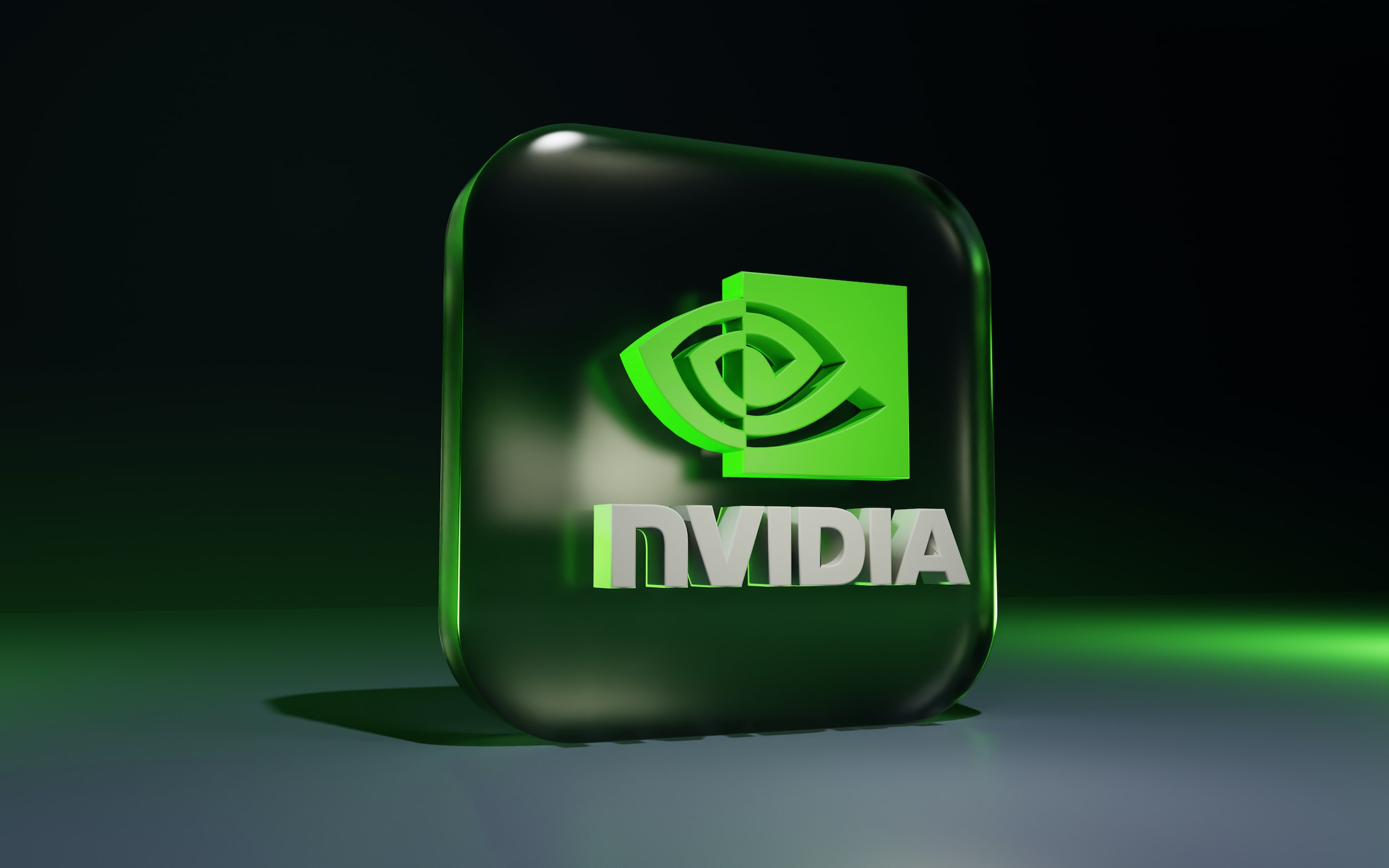Nvidia Corporation: Pioneering the Future of AI and Graphics Technology
Introduction
Nvidia Corporation, headquartered in Santa Clara, California, is a global leader in graphics processing units (GPUs) and artificial intelligence (AI) technologies. Founded in 1993 by Jensen Huang, Chris Malachowsky, and Curtis Priem, Nvidia has transformed from a niche graphics chip manufacturer into a powerhouse driving advancements in gaming, AI, data centers, and autonomous vehicles. With a market capitalization exceeding $3 trillion at times, Nvidia stands as one of the most influential technology companies today.
This blog explores Nvidia’s evolution, innovative products, and its role in shaping the future of technology.
The Early Days: Revolutionizing Graphics
Nvidia’s journey began with a vision to enhance visual computing. In 1995, the company launched its first product, the NV1, a multimedia card aimed at the emerging PC gaming market. While the NV1 was not a commercial success, it laid the groundwork for Nvidia’s breakthrough in 1999 with the GeForce 256, marketed as the world’s first GPU. The GeForce 256 introduced hardware transform and lighting (T&L), enabling more realistic 3D graphics and setting a new standard for gaming performance.
The GeForce series quickly became a household name among gamers, competing fiercely with rivals like ATI (later acquired by AMD). Nvidia’s focus on programmable shaders and GPU architecture innovation solidified its dominance in the graphics market. By the early 2000s, Nvidia’s GPUs powered gaming consoles, PCs, and professional visualization tools, establishing the company as a leader in visual computing.
The GPU Revolution: Beyond Gaming
Nvidia’s GPUs evolved beyond gaming, finding applications in scientific research, medical imaging, and data analysis. In 2006, Nvidia introduced CUDA (Compute Unified Device Architecture), a parallel computing platform that allowed GPUs to perform general-purpose computing tasks. CUDA unlocked the potential of GPUs for non-graphics applications, enabling researchers and developers to leverage Nvidia’s hardware for complex computations.
The introduction of CUDA marked a turning point, as GPUs became critical for high-performance computing (HPC). Fields like computational biology, financial modeling, and climate simulation benefited from Nvidia’s GPU-accelerated computing. Today, Nvidia’s GPUs power supercomputers, including those ranked among the world’s fastest, such as Frontier and Summit.
Nvidia and the AI Boom
Nvidia’s most transformative contribution came with its pivot to artificial intelligence. The parallel processing capabilities of GPUs made them ideal for training deep learning models, which require massive computational power. In 2012, the AlexNet neural network, trained on Nvidia GPUs, won the ImageNet competition, demonstrating the potential of GPUs for AI. This milestone sparked the AI revolution, with Nvidia at its core.
Nvidia capitalized on this opportunity by developing specialized AI hardware, such as the Tesla and A100 GPUs, designed for data centers and machine learning workloads. The company also launched DGX systems, turnkey AI supercomputers used by enterprises and research institutions. Nvidia’s AI platforms power applications ranging from natural language processing (e.g., large language models) to computer vision and robotics.

NVIDIA Headquarters - Santa Clara
Jensen Huang’s Visionary Leadership
CEO Jensen Huang has been instrumental in Nvidia’s success. Known for his strategic foresight, Huang anticipated the convergence of graphics, AI, and computing early on. Under his leadership, Nvidia invested heavily in R&D, spending billions annually to maintain its technological edge. Huang’s emphasis on building an “AI ecosystem” led to the creation of software tools like cuDNN, TensorRT, and Nvidia Omniverse, which complement Nvidia’s hardware and enable developers to build AI and virtual world applications.
Huang’s bold acquisitions, such as Mellanox Technologies in 2020 for $6.9 billion and the attempted acquisition of Arm Holdings, reflect Nvidia’s ambition to dominate AI and computing. Despite regulatory challenges, these moves underscore Nvidia’s commitment to expanding its technological footprint.
GeForce and RTX: Redefining Gaming
While AI has taken center stage, Nvidia remains a titan in gaming. The GeForce RTX series, introduced in 2018, brought real-time ray tracing to consumer GPUs, delivering cinematic-quality lighting and shadows. Technologies like DLSS (Deep Learning Super Sampling) use AI to upscale graphics, enhancing performance without sacrificing visual quality.
Nvidia’s GeForce Now cloud gaming service further democratizes gaming, allowing users to stream high-end games on low-spec devices. By blending hardware innovation with cloud infrastructure, Nvidia continues to shape the future of interactive entertainment.
Autonomous Vehicles and DRIVE Platform
Nvidia’s DRIVE platform is revolutionizing the automotive industry. Leveraging its expertise in AI and GPUs, Nvidia develops hardware and software for autonomous vehicles, including the DRIVE AGX systems powered by Orin and Atlan processors. These platforms enable Level 4 and 5 autonomy, processing vast amounts of sensor data in real time.
Partnerships with companies like Tesla, Mercedes-Benz, and Volvo highlight Nvidia’s influence in the automotive sector. Nvidia’s DRIVE Hyperion architecture integrates AI, sensors, and mapping, paving the way for safer, self-driving cars. The company also explores autonomous robotics, with platforms like Jetson for drones and industrial automation.
Data Centers: Powering the Cloud
Nvidia’s data center business has become a major revenue driver, fueled by demand for AI and cloud computing. The A100 and H100 GPUs, built on Nvidia’s Ampere and Hopper architectures, are the backbone of hyperscale data centers operated by AWS, Google Cloud, and Microsoft Azure. These GPUs accelerate AI training, inference, and scientific simulations, serving industries from healthcare to finance.
Nvidia’s Grace CPU Superchip, introduced in 2022, targets AI and HPC workloads, positioning Nvidia as a competitor to Intel and AMD in the CPU market. The company’s end-to-end data center solutions, including networking (via Mellanox) and software, make it a one-stop shop for enterprise computing.
Innovation and Sustainability
Nvidia’s commitment to innovation is matched by its focus on sustainability. The company aims to reduce its carbon footprint through energy-efficient GPU designs and renewable energy use in its facilities. Nvidia’s DGX systems are optimized for power efficiency, minimizing the environmental impact of AI training. Additionally, Nvidia’s Omniverse platform supports sustainable design by enabling virtual prototyping, reducing the need for physical resources.
Nvidia’s R&D investments, exceeding $8 billion annually, drive advancements in AI, quantum computing, and 6G networks. Projects like Earth-2, a digital twin of the planet, aim to combat climate change by simulating weather patterns and disaster scenarios.
Challenges and Criticisms
Despite its success, Nvidia faces challenges. The AI boom has led to GPU shortages, impacting gamers and small-scale developers. Critics argue that Nvidia’s dominance in AI hardware creates a near-monopoly, raising concerns about market competition. Regulatory scrutiny over acquisitions, such as the failed Arm deal, highlights antitrust risks.
Supply chain disruptions, particularly during the COVID-19 pandemic, exposed vulnerabilities in Nvidia’s reliance on TSMC for chip manufacturing. Geopolitical tensions, including U.S.-China trade restrictions, further complicate Nvidia’s global operations, as China accounts for a significant portion of its revenue.

Nvidia’s Ecosystem and Partnerships
Nvidia’s strength lies in its ecosystem, which integrates hardware, software, and partnerships. The Nvidia Developer Program supports millions of developers with tools, libraries, and training. Strategic collaborations with tech giants like Microsoft, Amazon, and Meta ensure Nvidia’s GPUs are integral to cloud and AI infrastructure.
The Nvidia Inception program fosters AI startups, providing access to technology and expertise. This ecosystem approach locks customers into Nvidia’s platform, creating a competitive moat that rivals struggle to breach.
Cultural and Market Impact
Nvidia’s influence extends beyond technology. Its GPUs have powered Hollywood visual effects, scientific breakthroughs, and cryptocurrency mining. The company’s annual GTC (GPU Technology Conference) attracts thousands of developers, showcasing Nvidia’s role as an industry thought leader.
Nvidia’s branding, centered on innovation and performance, resonates with gamers, researchers, and enterprises alike. Marketing campaigns like “The Way It’s Meant to Be Played” and sleek product designs reinforce Nvidia’s premium image. The company’s stock, listed as NVDA, has become a Wall Street darling, reflecting investor confidence in its AI-driven growth.
The Future of Nvidia
Looking ahead, Nvidia is poised to lead in emerging fields like the metaverse, quantum computing, and autonomous systems. The Omniverse platform, designed for 3D collaboration and virtual worlds, positions Nvidia at the forefront of the metaverse race. Partnerships with companies like Epic Games and Adobe enhance its metaverse ambitions.
Nvidia’s focus on software, including Nvidia AI Enterprise and Fleet Command, signals a shift toward recurring revenue models. As AI adoption grows, Nvidia’s end-to-end solutions will likely dominate enterprise and consumer markets. However, maintaining innovation and navigating regulatory challenges will be critical to sustaining its leadership.
Conclusion
From a graphics chip startup to an AI juggernaut, Nvidia Corporation’s journey is a testament to vision, innovation, and adaptability. Its GPUs have redefined gaming, powered scientific discoveries, and fueled the AI revolution. Under Jensen Huang’s leadership, Nvidia continues to push technological boundaries, from autonomous vehicles to virtual worlds. Despite challenges, Nvidia’s robust ecosystem and relentless R&D ensure it remains a driving force in the tech industry. As AI and computing evolve, Nvidia is well-positioned to shape the future, delivering solutions that transform how we live, work, and play.
Published: April 25, 2025
© 2025 Tech Insights Blog. All rights reserved.